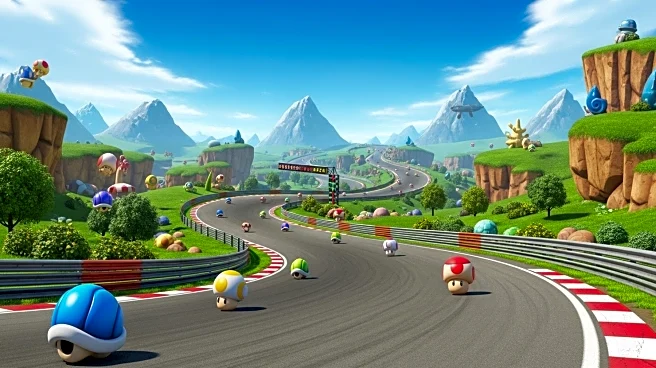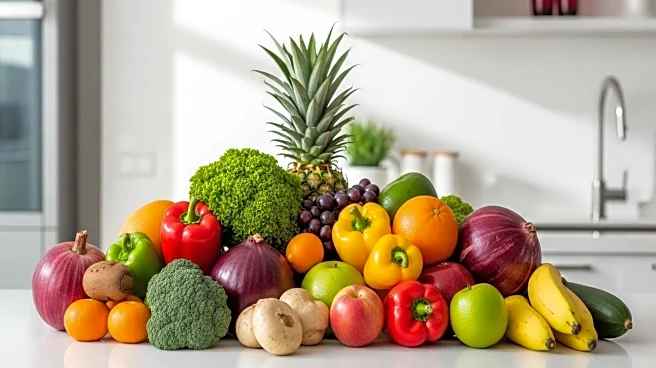What's Happening?
Major food brands in the United States are increasingly committing to phasing out chemical dyes from snacks and cereals. This shift is part of a broader movement towards healthier and more natural food products. However, these companies are facing challenges in finding suitable natural replacements that meet consumer expectations for vibrant colors. Despite the health benefits of removing artificial dyes, many American shoppers express a preference for brightly colored foods, which complicates the transition for manufacturers. The struggle to balance consumer desires with health-conscious initiatives highlights the complexities involved in reformulating popular food products.
Why It's Important?
The move to eliminate chemical dyes from food products is significant as it reflects growing consumer awareness and demand for healthier options. This trend could lead to substantial changes in the food industry, affecting product formulations, marketing strategies, and supply chains. Companies that successfully navigate this transition may gain a competitive edge by appealing to health-conscious consumers. However, those unable to meet consumer expectations for color and taste may face challenges in maintaining market share. The shift also underscores the importance of innovation in food technology and the need for effective communication with consumers about the benefits of natural ingredients.
What's Next?
Food brands are likely to continue exploring and investing in research to develop natural dye alternatives that satisfy consumer preferences. This may involve collaborations with scientists and agricultural experts to identify viable sources of natural colorants. Additionally, companies may need to adjust marketing strategies to educate consumers on the benefits of natural dyes and manage expectations regarding changes in product appearance. As the industry adapts, regulatory bodies may also play a role in setting standards for natural dyes and ensuring consumer safety.
Beyond the Headlines
The shift away from chemical dyes may have broader implications for environmental sustainability, as natural dyes often require different agricultural practices. This could lead to increased demand for certain crops and impact farming communities. Moreover, the transition may influence cultural perceptions of food aesthetics, prompting a reevaluation of what constitutes appealing food presentation.











